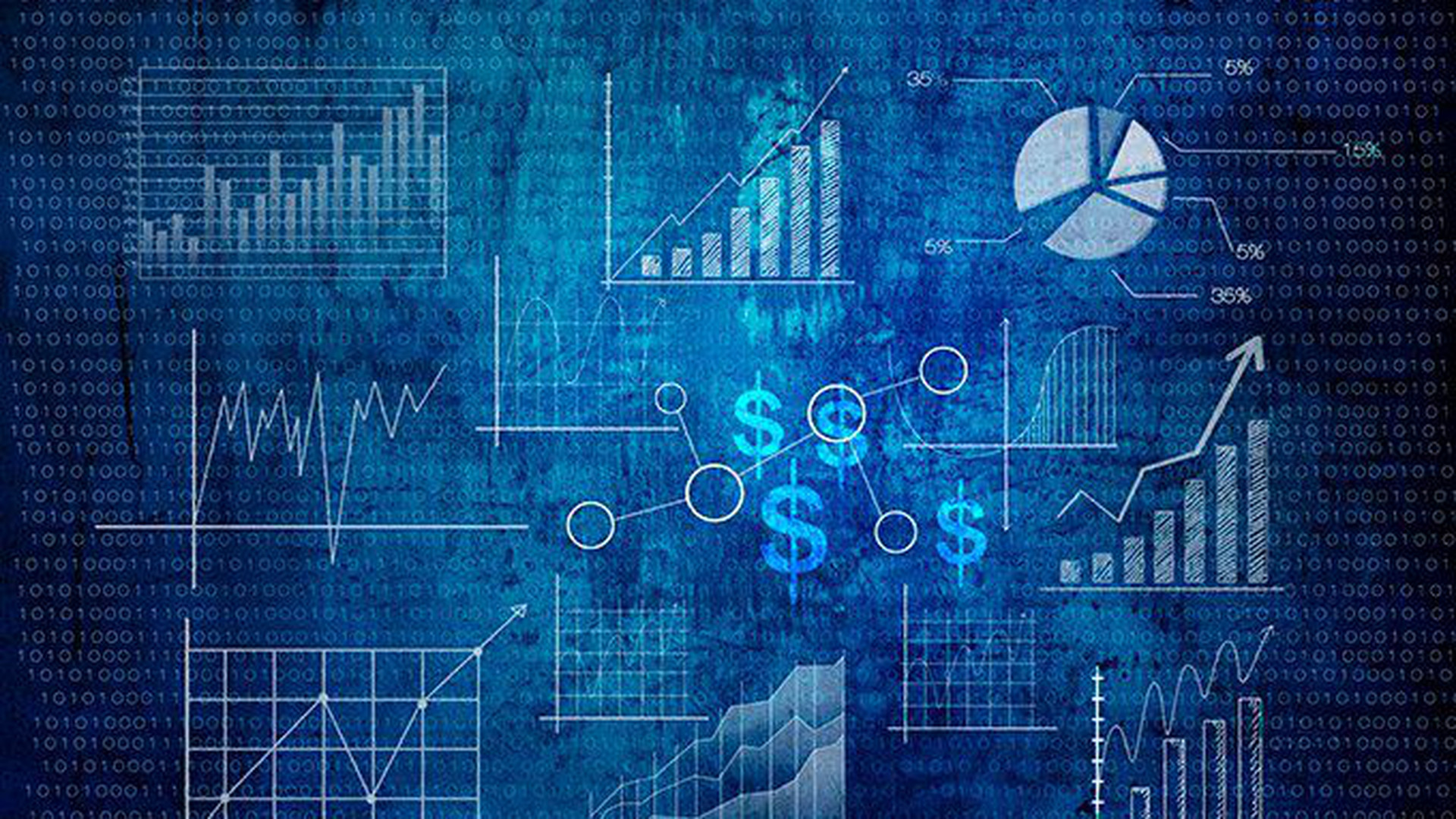#Fed #inflation #stocks #financial #markets
$DIA $SPY $QQQ $RUTX $VXX
“Which way? 1 way leads to the return of market fundamentals which will come, but will it come at the cost of a major market correction, the other is massive inflation that eats up the debt and the USD’s buying power”– Paul Ebeling
The US economy got to this fork in the road through Fed interventions that has suppressed interest rates for the last 13yrs, creating artificial demand for US debt in the form of bonds, and maintaining an easy money policy. The included hundreds of millions of legislated stimulus checks, unemployment extensions, Payroll Protection Program and the other unpresented cash associated with the VirusCasedemic chaos. l
The Fed came out of the Great Recession with $2-T on its balance sheet. Today its balance sheet sits at $8-T and counting.
The Fed pump trillions of greenies into the economy without consequences. In this case, 40yr record-high inflation.
Inflation at 5% may not sound terrible to you if you remember the Carter administration. Regular readers of this column remember that even transitory inflation permanently reduces The People’s buying power.
Professor Ben Bernanke taught Wall Street that stock prices are more important than inflation or fiscal discipline. Chairman Powell has done the same thing, only more.
When the Fed does raise rates, if it ever does the immediate reaction is stocks go down. That is what the financial media talks about.
But as our senior economist Shayne Heffernan, PhD and Bruce WD Barren, PhD both agree on: 1. they question why is the Fed reluctant to tell The People what the real inflation rate is and 2. that there a number of real, serious, systemic results that are not as immediate but more painful, they are the following:
- Lending rates go up across the board: mortgages, credit cards, car loans, student loans etc.
- Companies are not able to borrow as easily, which leads to higher unemployment
- When the United States borrows money to fund its so called infrastructure spending, it has to pay lenders higher rates.
On the other hand, by keeping interest rates as close to Zero as possible, the Fed:
- Rewards high-risk participants in the stock in the financial markets
- Suppresses returns on all conservative financial assets, including Treasuries, corporate bonds, junk bonds, CDs, and individuals savings accounts.
- Inflation robs The People’s buying power, we call it the inflation tax
- Allows the US to continue deficit spending without the debt service payments becoming completely unmanageable
Fed Chairman Powell faces a tough choice. He can:
- Raise interest rates.
- This would cause a collapse in the stock market, say a 55% Fibo retracement.
- Borrowing rates would go up for everyone.
- Unemployment would rise.
- Inflation would decline
2. Leave interest rates low.
- The stock market’s Bull run will continue.
- Borrowing rates would stay low, encouraging stock speculation and keep a cap on the US’ debt service payments.
- Home prices will continue to rise.
- Inflation will also continue to rise.
- Plus, pension funds, insurance companies, and worst of all the Social Security Trust Fund will lose buying power every day.
So, either Chairman Powell will bow to inflation pressure and raise interest rates, tanking the stock market. Or keep ginning this Bull market, letting inflation run higher too.
History tells us 1 of these 2 outcomes is inevitable. With that in mind, the Big Q is the savvy investor to do?
The Big A: Prepare, diversify.
That means: Change the allocation of your savings as you see fit, consider armoring your portfolio with digital assets and physical gold. Gold has a reliable track record of holding its value relative to inflation, and is the 1st thing everyone wants when stock markets drop. Crypto assets are not far behind, as such assets have now been dubbed ‘Digital Gold’.
Wednesday, the S&P 500 marked another record high, now I am seeing some profiting taking in here.
DJIA +104.42 at 34681.79, NAS Comp +1.42 at 14665.07, S&P +14.59 at 4358.13
The S&P 500 gained 0.3% Wednesday, setting another pair of intraday and closing record highs in a mixed session. The NAS Comp (+0.01%) marked a record close. The DJIA gained 0.3%, while the Russell 2000 fell 1.0%.
- S&P 500 +16.0% YTD
- Russell 2000 +14.1% YTD
- NAS Comp +13.8% YTD
- DJIA +13.3% YTD
Looking Ahead: Investors will receive the weekly Initial and Continuing Claims report and Consumer Credit for May Thursday
Have a prosperous day, Keep the Faith!









